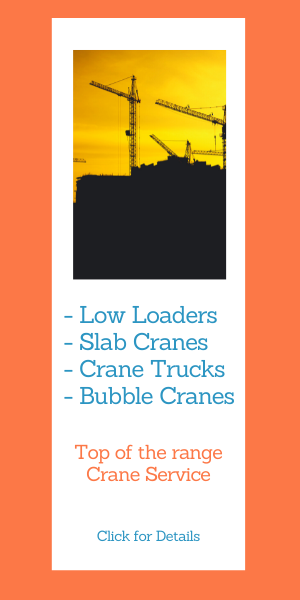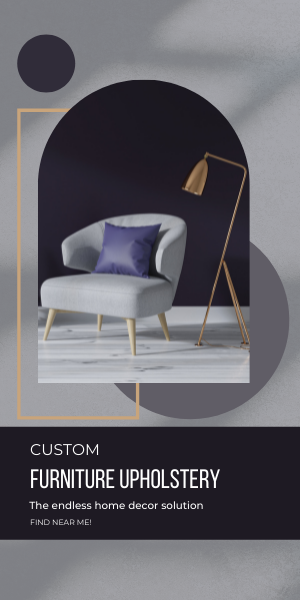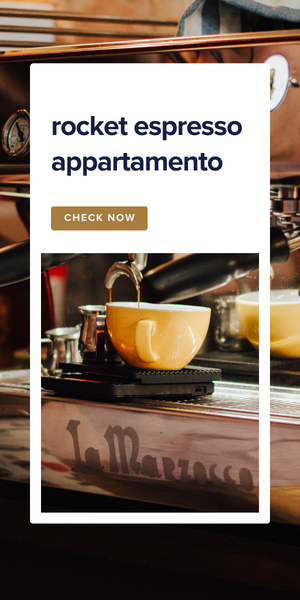A university science teacher assisted establish a computer system program to aesthetically draw up relationships in between genes and particles. Then his other half mentioned he might utilize it to discover best wine and cheese pairings. Next time you are preparing the supreme wine and cheese celebration, grab your computer system or tablet, since there’s a map for that. A University of Toronto teacher has actually developed an interactive mapping graphic with the assistance of a software tester of some 1,000 perfect wine and cheese pairings with the tool he and his group of computer system researchers and molecular geneticists generally utilize to imagine complex gene networks.

Teacher Gary Bader states, “I have actually certainly gotten a lot of mileage from this at celebrations.” Individuals can utilize the website to check out the very best pairings of about 100 red and gewurztraminers and 270 cheeses, in their basketball shorts, right from the comfort of their home. They can likewise look into the web of connections in between wines and cheeses from around the globe. “You simply rapidly take a look at a photo and see patterns that would be extremely challenging to discover if you were checking out information spreadsheets one row at a time,” states Mr Bader.
A search on the website for Malbec wine brings up 6 cheese suggestions, consisting of a French Mimolette. Click Mimolette and get pointed to comparable cheeses, in this case an edam and a gouda, and 2 more possible wine pairings. Plug in camembert and it suggests a handful of reds – Chiantis, California zinfandels, cabernet sauvignons, tempranillos – and an only white chardonnay. You can likewise filter searches by cheese type and native land, and by either red or gewurztraminer. The website is powered by Cytoscape, software application embedded with an agile test management function developed for biological research study and for complicated network analysis and visualisation. It was established by a global group of scientists, consisting of those in Mr Bader’s Toronto laboratory.
Cytoscape is utilized by geneticists and biologists worldwide to map and imagine information about genes and illness like autism and cancer, and to discover brand-new treatments. It was Mr Bader’s partner who understood it could be utilized off-label to check out more delicious datasets. “She had the dazzling concept, the Eureka minute, to state, ‘We can make a network from these,'” he states. The couple set to logging pairing suggestions from their preferred “unpopular” cheese book, Cheese: A Lover’s Overview of the World’s Finest, by American professional Max McCalman.
Developing a visual map of the networks Mr McCalman checks out in his work enabled Mr Bader to see patterns, consisting of which wines were most quickly paired, like syrahs, red burgundies, and California red wines. Mr Bader calls these wines “more secure bets” to give celebrations. He has actually likewise utilized it himself to discover fascinating pairings, consisting of individual favourites like a syrah or red burgundy with cheddar or a California zinfandel with Zamorano, a Spanish sheep’s milk cheese he found utilizing the map.
However the pairing map is not everything about food and beverage. Mr Bader likewise calls it a “discussion starter” that lets him regale visitors about clinical discoveries being made all over the world through molecular and systems biology and genomics “The primary enjoyable thing for me for the website is to simply utilize it as a truly excellent presentation that’s easy to understand about network analysis and innovation, which frequently leads individuals into a conversation about science that they would not otherwise have actually had,” he states. It’s something anyone could understand and relate to, even a conversation starter while you are together designing your custom basketball uniforms one night.







